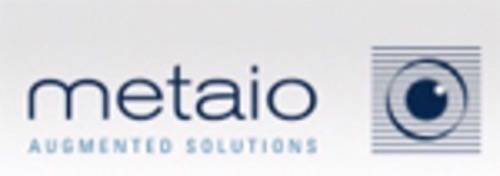While 2009 has been the year of the API, it’s the codeless creative experiences that drive mainstream adoption. Every December, ReadWriteWeb’s writers collect up their thoughts from 2009 and make predictions for the year ahead. My first prediction was that augmented reality applications would gain popularity. Part of that prediction was informed by a recent interview with Metaio Marketing Director Lisa Murphy.

ReadWriteWeb first covered Metaio in early November when the company was set to release its editable consumer application Junaio. While products like Layar and Wikitude offer users a chance to view location-based notes and text, Junaio is the only service that offers non-coders the opportunity to edit images and text on multiple layers.
While Junaio is certainly its most popular product, the 6-year-old Munich-based company earns revenue by working with commercial clients like Lego, Popular and GM. Often described as “augmented reality marketing”, Metaio specializes in markerless tracking for advertising clients where a printed codes prompt a 3D webcam experience.
In the same way that consumers can generate their own QR codes via sites like Kaywa, is it possible that markerless AR tracking will one day yield a codeless creative experience? Honestly, it’s fine to hold up an Ikea catalogue and see a 3D sofa, but what good is a so-called immersive environment if the user is held captive in a passive consumer experience?
Says Murphy, “We chose to focus on the social aspects of Junaio by offering image sharing, oAuth and Facebook integration.” Nevertheless, she acknowledges that the company may open up the interface for further exploration. In keeping with its commitment to the social, we’re hoping Metaio finds ways to incorporate user-generated SketchUp creations in Junaio as well as an all-purpose AR tracking generator. In other words, rather than just interacting in an immersive environment, we’re hoping non-coders can contribute more than their eyeballs.










